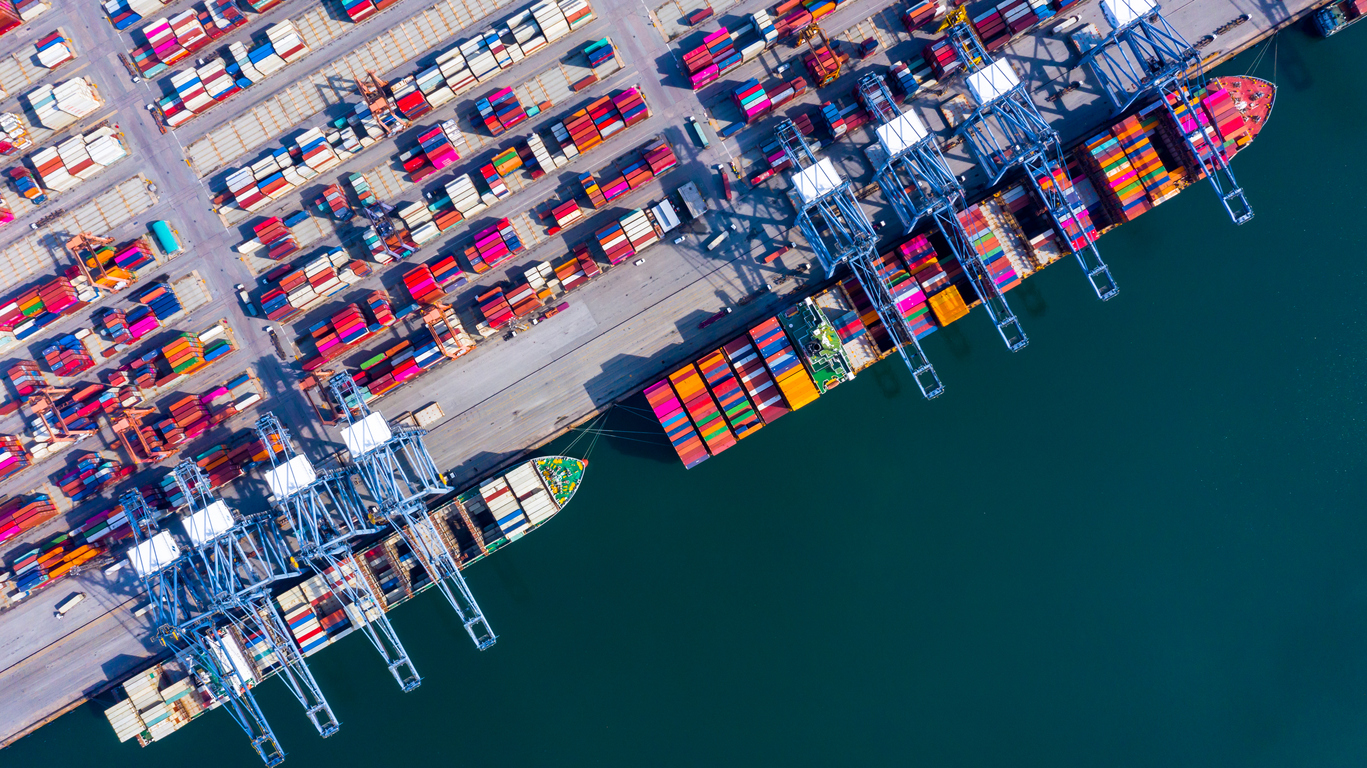The number of container ships parked off the Los Angeles-Long Beach port complex now total over 70. The reasons for the delays in the cargo off-load process are numerous and include:
- COVID-19 safety protocols add more time to off-loading.
- Newer ships are two or three times larger than legacy platforms, and as a result, take longer to unload.
- A post-pandemic consumer buying frenzy, driven by a recovering US economy, is resulting in increased e-commerce volume—outside of normal volume increases specific to the holiday shopping season.
Bloomberg is telling us that door-to-door ocean freight transit times from Asia to the US have increased by 43 percent. Those transit times are growing daily due to port driven off-load delays. Freightos says that container-based transportation costs between the US and have increased five-fold year-over-year. Ponder that for a few seconds!
In addition, unrelated supply chain challenges are impacting all of us. These result in partially empty store shelves and shortages in automobiles, electronics, and construction products. The net outcome favors neither merchants nor consumers: both are paying more for consumer goods and waiting longer to receive them. The trickle-down of the port situation negatively impacts the primary component parts of the e-commerce supply chain.
E-commerce Supply Chain Challenges
Destination port delays are negatively impacting all parts of the e-commerce supply chain. Here’s how:
- Origin ports will need to start delaying shipment of products to destination ports, driving additional supply chain backups.
- Distribution from port warehouses to regional warehouses and national fulfillment centers is delayed via rail, truckload, and LTL modes.
- Product shortages have delayed distribution from regional warehouses and DC’s to big-box stores, 3PL order fulfillment centers, and smaller, micro-fulfillment center delivery.
- E-commerce consumers are realizing poorer product selection and increased back-order delays.
These conditions are creating backed-up consumer demand as we enter the holiday shopping season, the busiest time of the year.
Unrelated Challenges to Supply Chain Service Providers
Service providers and merchants are also having to deal with challenges unrelated to port delays.
- High employee turnover
- New worker shortages
- Increased labor cost driven by worker shortages
- COVID-19 safety protocols
- Truck driver shortages resulting in trucking capacity limitations.
- COVID-19 recovery driving increased consumer purchasing with limited carrier resources to support increased business.
- Integrated parcel carriers walking away from marginally profitable e-commerce business and raising rates.
Impact on E-commerce Fulfillment
These e-commerce supply chain challenges that I have detailed, along with the trickle-down impact of port delays, have some e-commerce fulfillment service providers concerned about receiving an avalanche of product late in the holiday shipping season.
Typically, merchant warehouses and fulfillment centers receive much of their holiday season inventory during September and October. Port delays moving delivery of that inventory to November and December is a concern and fulfillment centers need to be planning for such an event right now.
Newegg Logistics Services (NLS) discussed with me how the company plans to manage the possibility of receiving high-volume new product late into the holiday-shipping season and still fulfilling outbound orders on time.
“Delivery appointments for receipt of inbound product are critically important so we can plan to have the resources in place to unload trailers and containers and place product into inventory,” says Alvin Chin, NLS senior business development manager. “If we know in advance when the product is arriving—whether that is in September or November—we can manage almost any amount of product with no impact on our outbound fulfillment services.”
Newegg, which is headquartered outside of Los Angeles with several facilities across the region, has a geographical advantage in the current shipping climate. Chin adds: “We have a large fulfillment facility in Sothern California that is not exposed to transit time and line-haul delays once product has been unloaded at the port.”
Still, the situation outside of U.S. ports creates a tall order to fulfill up and down the supply chain. Geographic and technological advantages aside, if West Coast port delays can’t be addressed in the very near future, I anticipate that product availability and on-time delivery will be negatively impacted during the holiday-shipping- season.


